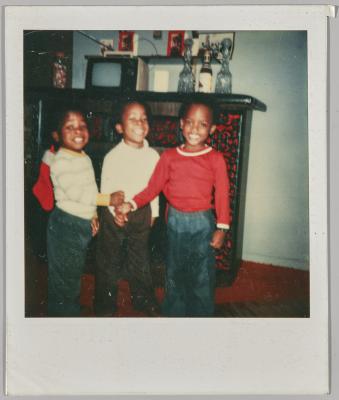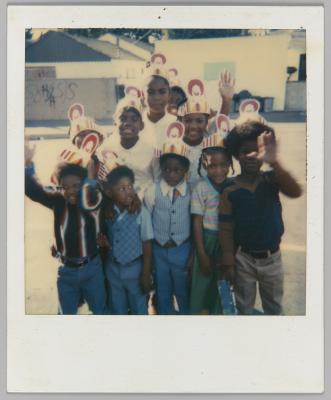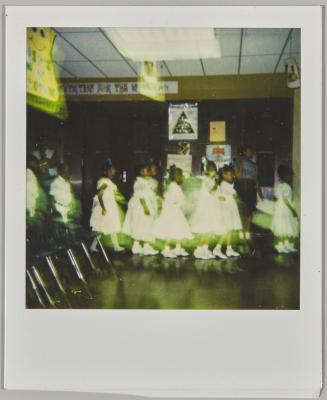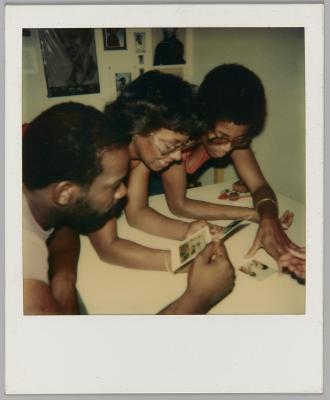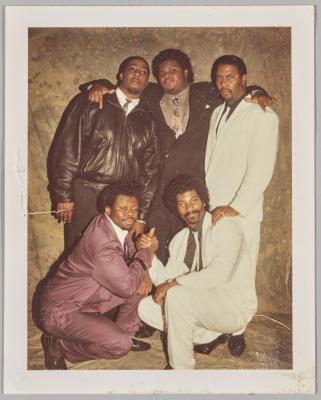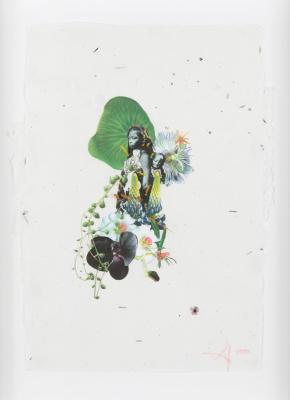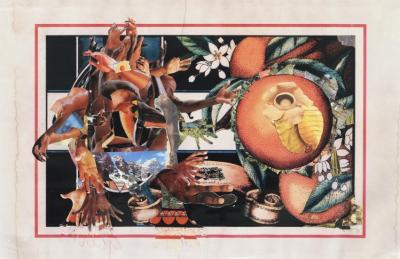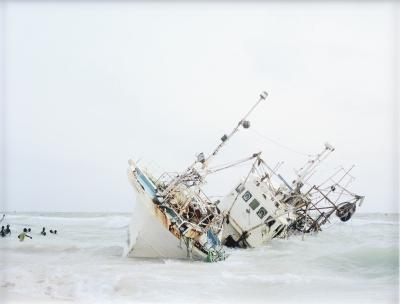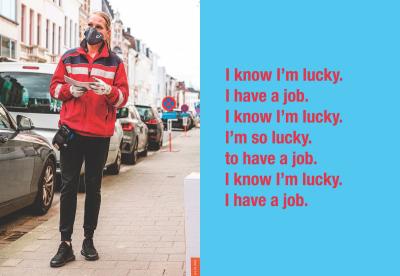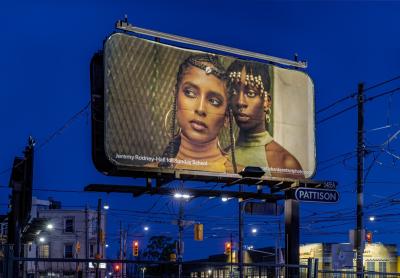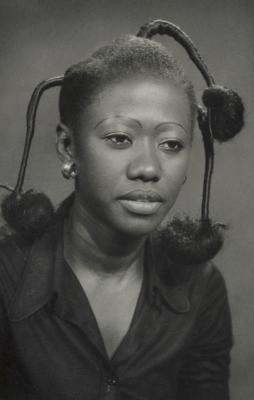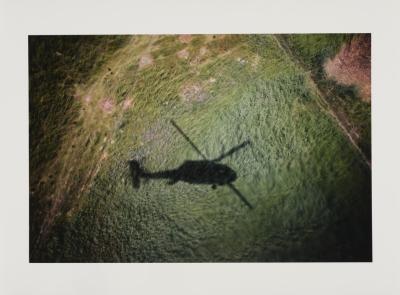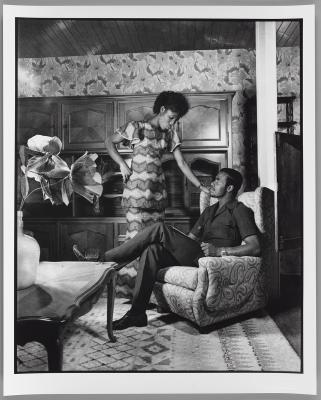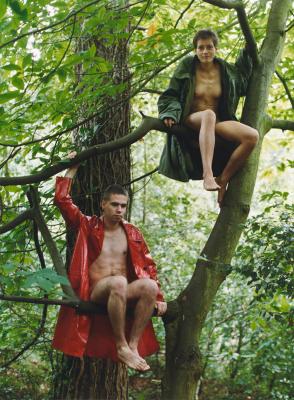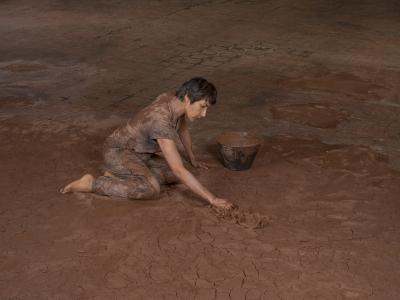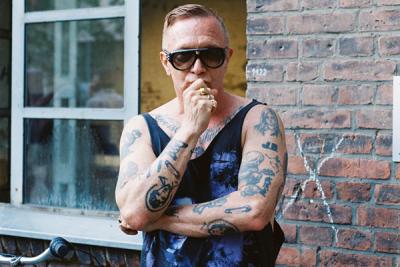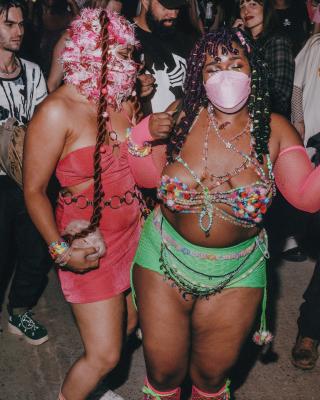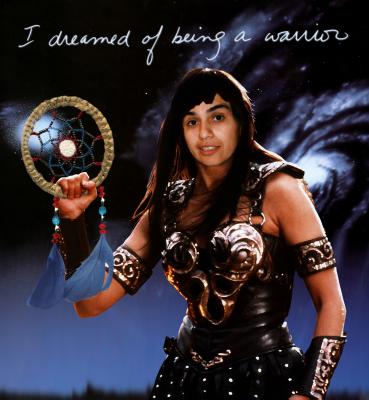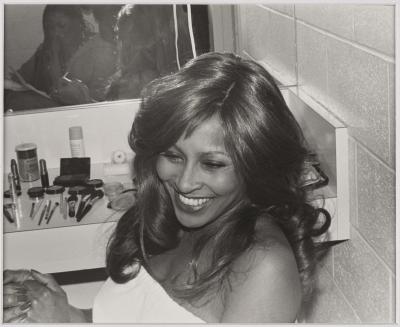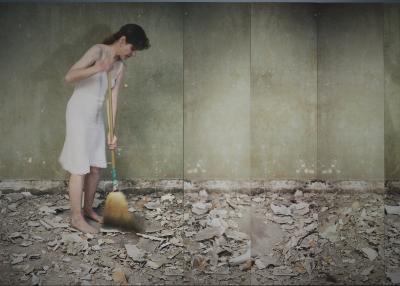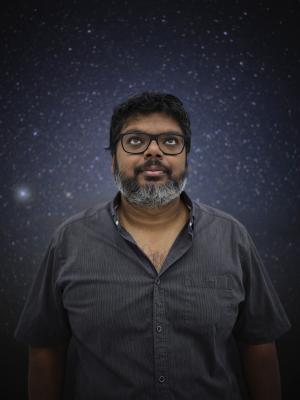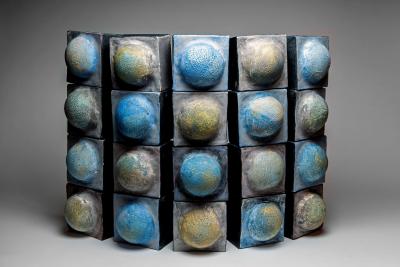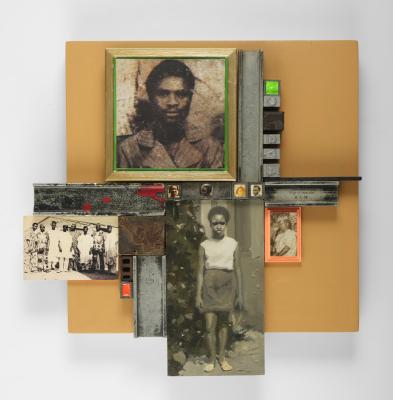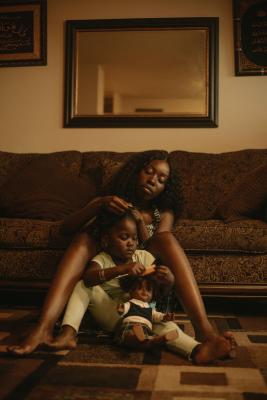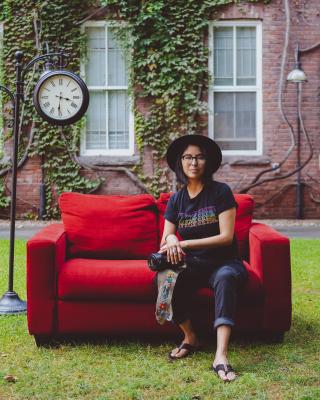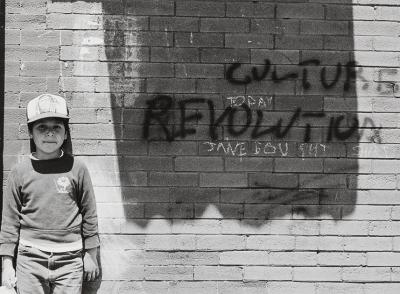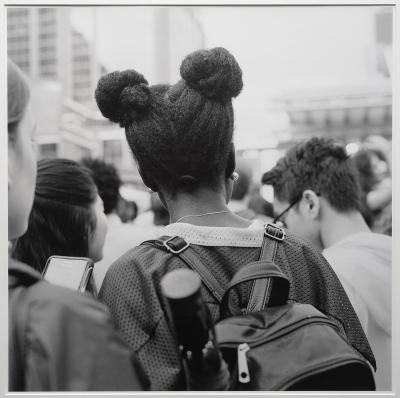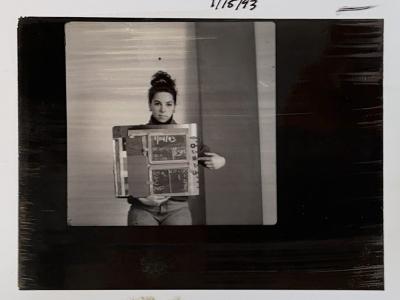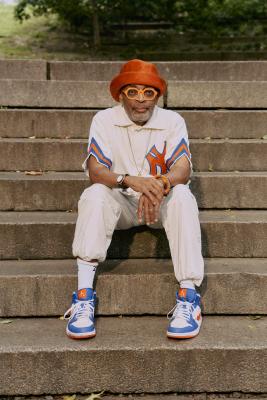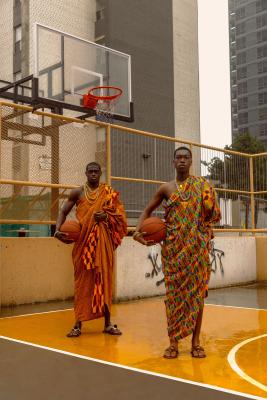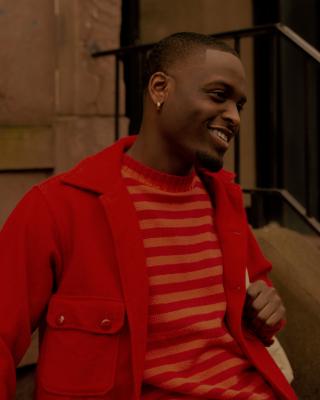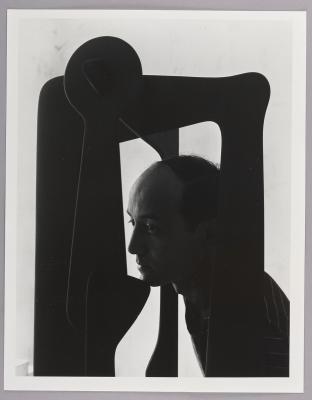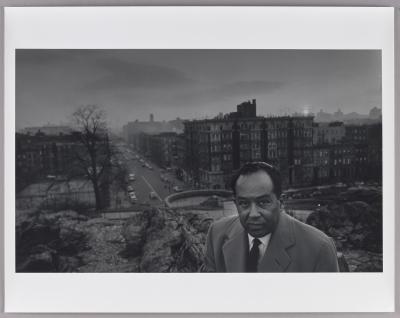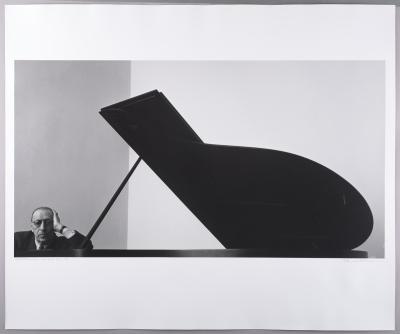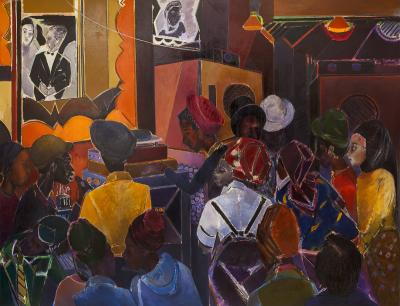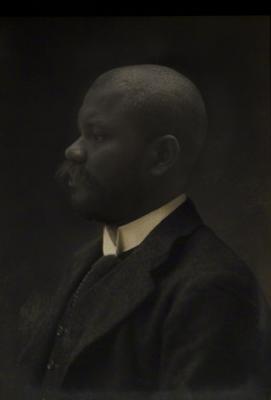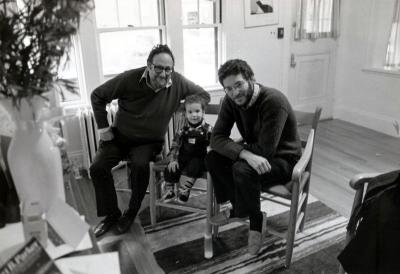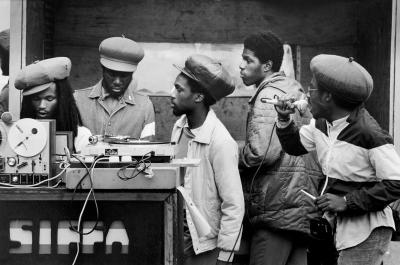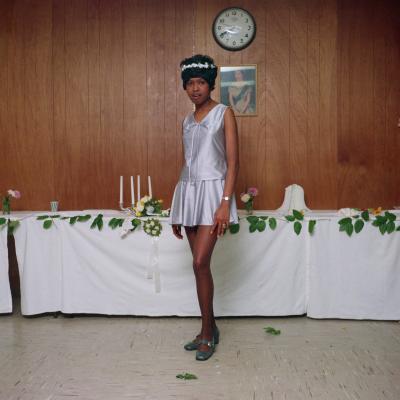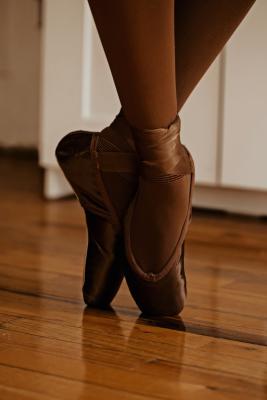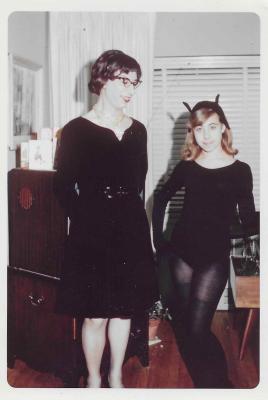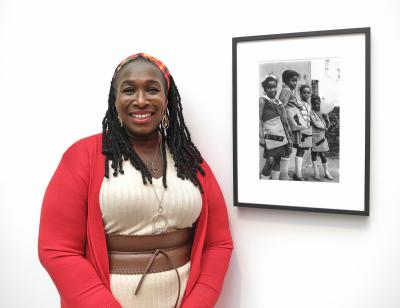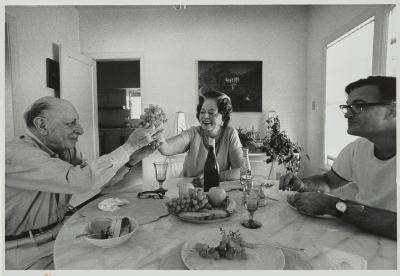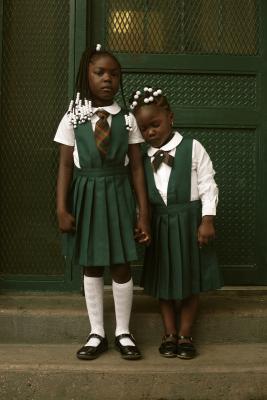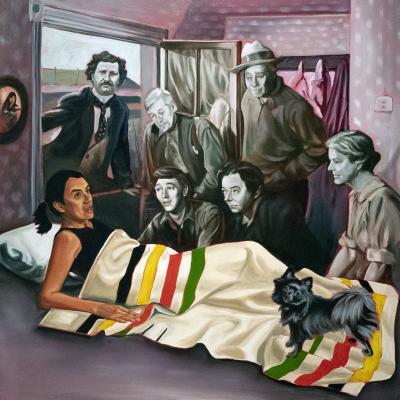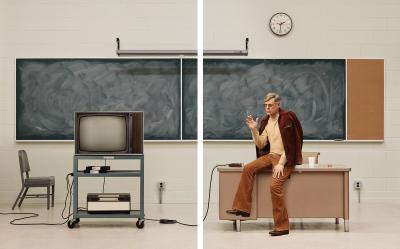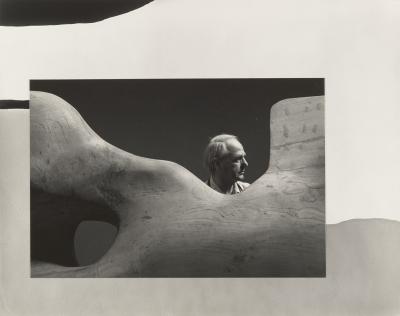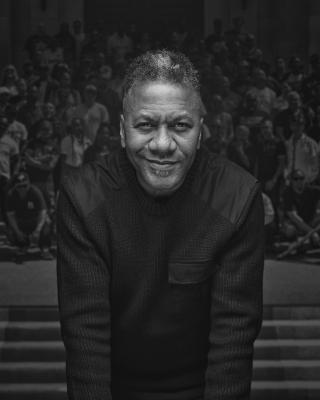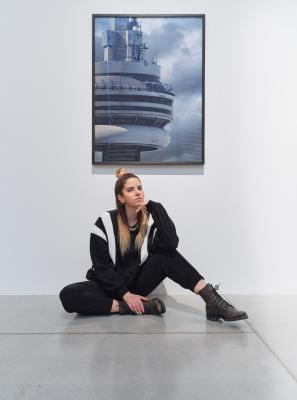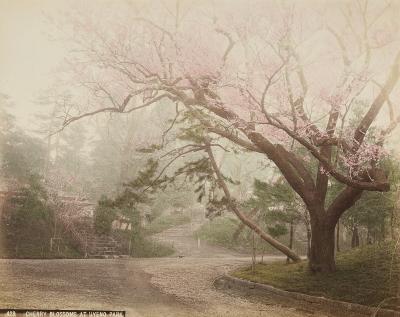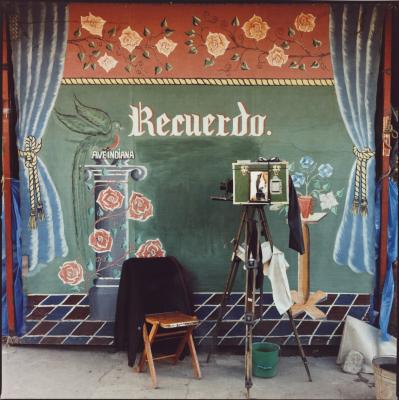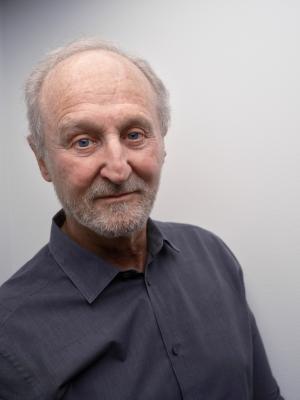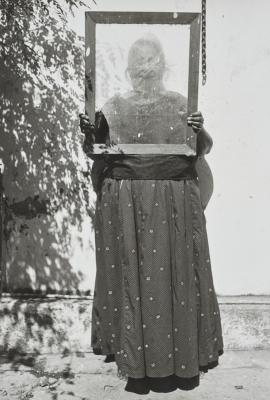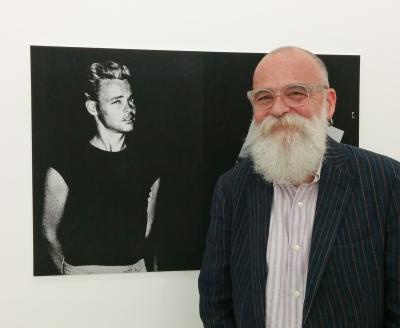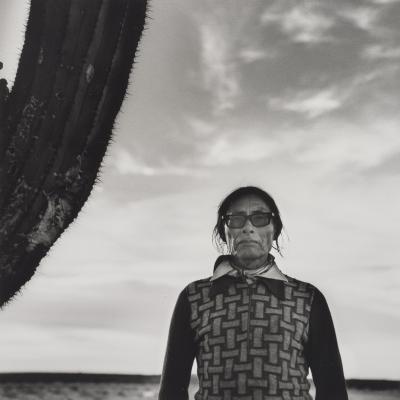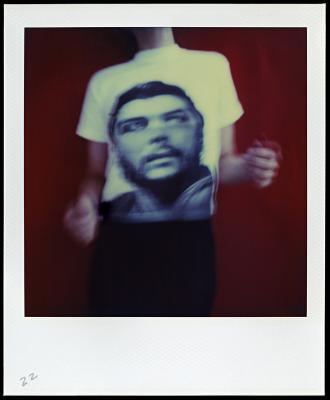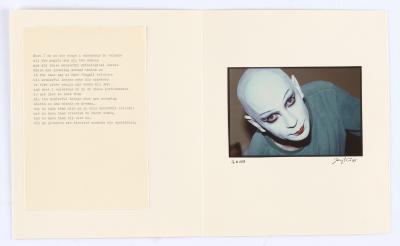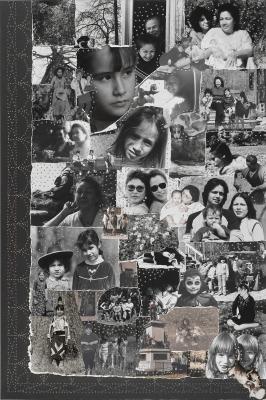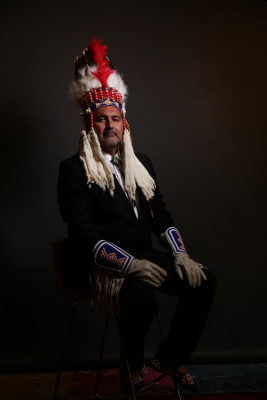Locating Rodney Graham
Vancouver Art Gallery’s Eva Respini shares four things to know about artist Rodney Graham
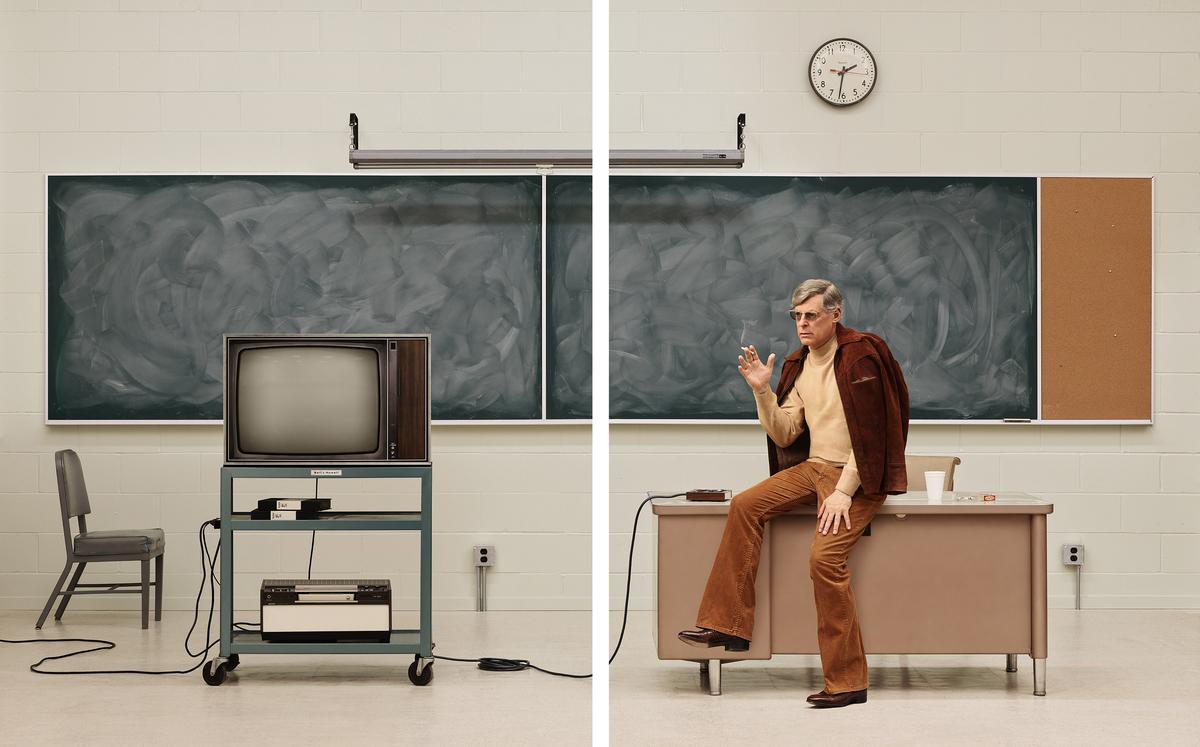
Rodney Graham, Media Studies '77, 2016. Two painted aluminum lightboxes with transmounted chromogenic transparencies, each panel: 232.2 × 182 × 17.8 cm; installed: 232.2 × 376 × 17.8 cm. Art Gallery of Ontario, Gift of the Estate of Philip B. Lind, 2024. 2024/48. © Estate of Rodney Graham. Image courtesy Lisson Gallery.
Entering Light Years: The Phil Lind Gift, a visitor may be forgiven if their attention is torn between two notable works and two places. At the entrance to the exhibition, the luminous warmth and nostalgic details of Rodney Graham’s (1949-2022) lightbox Media Studies ‘77 invite visitors towards an undefined yet familiar classroom setting. To its right, Ron Terada’s more than three-meter-tall highway sign declares “Entering the City of Vancouver", rooting us in a place and conjuring in its wake memories of late nights on Commercial Drive and the mythic grandeur of the Rocky Mountains.
Exploring Graham’s relationship with photography and Vancouver, the AGO welcomes Eva Respini, Co-CEO and Curator-at-Large at the Vancouver Art Gallery, on May 16 for a conversation with Adam Welch, Curator of Modern Art, AGO.
Before their talk, Foyer reached out to Respini to dig deeper into Graham’s work. Here are four insights she shared.
Performance is at the heart of his work
Although Rodney’s work is multidisciplinary, at the heart of it all, is performance. Performance is about collaboration and bringing people together, which is how Rodney operated to make his work. Music was his first love. In the 1970s, he was in a band called UJ3RK5 with fellow Vancouver artists Jeff Wall and Ian Wallace. Understanding his interest in music, his interest in dialoging with other artists and in working together is the basis for understanding his practice. For example, at first, he made paintings as props for his photographs—which in my view is a kind of private performance—and then they became works in their own right. The expression of performance in his work could be a photograph, a video, or a song; it could be so many things.
About Vancouver, not Vancouver School
I don't subscribe to calling Rodney as part of the Vancouver School of Conceptual Photography. In fact, I think it's problematic to assume there is a homogeneous School to begin with. But much of his work is about place, and there are strong ties to Vancouver and BC. One example: I had long understood his upside-down trees to be about photographic technology and how we see photographically. But when I moved to Vancouver, I realized they were also about contending with how nature has been mythologized in BC and Canada as a whole. When he was a child, Rodney’s father managed a logging camp, and they would have movie nights where films were projected on the mess hall tent. Knowing that, and after living and working in BC, I understand his upside-down trees as a reflection of a place where nature is both myth and resource. He also made many photographs about Vancouver, and his experience of this place, but they often counter the historical myths that are instilled in those growing up here.
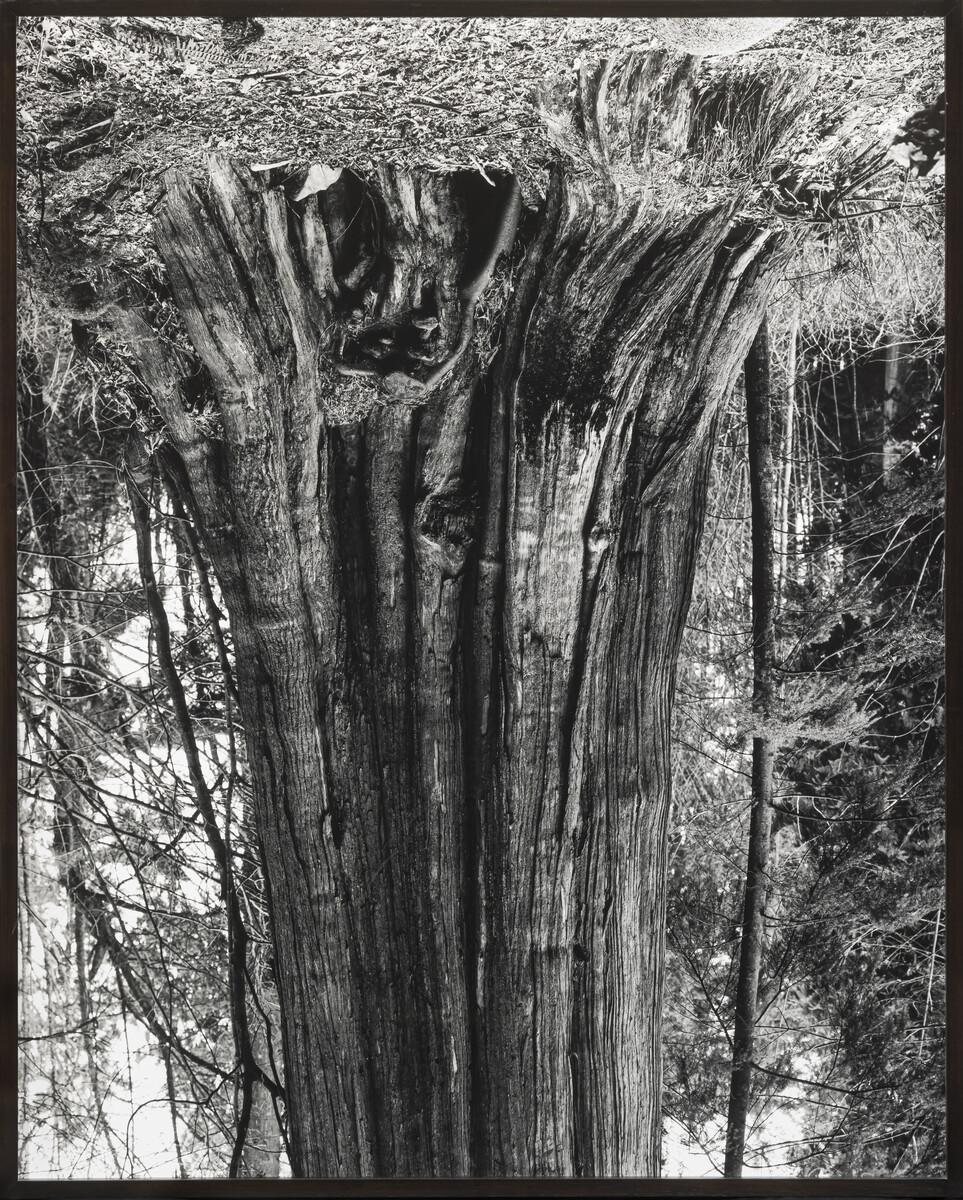
Rodney Graham. Cedars, Stanley Park, #7, 1991-1993. Gelatin silver print mounted on acrylic board, 127 x 101.6 cm. Estate of Philp B Lind. © Estate of Rodney Graham, Courtesy Lisson Gallery.
History in loops
History is very important to Rodney’s work. Many of his works take place in other time periods, and they are meticulously created through costumes and elaborate sets. This meticulousness led him to recreate newspapers from the 1950s or 1960s, for the background of a picture set in that era. The settings and subjects of his photographs and videos range from 19th-century Paris to a desert island to the post-war period and the 1970s.
Equally significant to his work is the loop. The loop was very generative for him, and many of his works adopt the format of the loop as both structure and content. One of his most important films, Vexation Island (1997), which was shown when he represented Canada at the Venice Biennale in 1997, is a loop. It created a seamless connection between the beginning and the end. He also created works on film that utilize the technology of a looper, making the apparatus of film a part of the work.
He loved shopping
One thing that people may not know is that Rodney loved to go shopping. While it might seem like a slight thing to say, it’s important to mention because costuming plays a crucial role in creating convincing characters for his works Starting in the 1990s, he performed in his photographs and films, and every character, whether a dandy, a cowboy, a mid-century artist or a chef, is defined by great sets and clothes. In these works, there is a critical framing of male characters, many of whom are archetypes of masculinity. Through these works, he was critically thinking about how we create identity in our culture, how we perform and project differently with each new outfit we put on. This aspect of Rodney’s work couldn’t be more suited to our social media era, where we intuitively understand how identity can be constructed and is malleable. Photography as a medium is complicit in how we can craft fictitious identities.
Eva Respini will be in conversation at the AGO with Adam Welch on Friday, May 16. Book your free ticket to the talk here. See the artistry of Rodney Graham, on view now as part of Light Years: The Phil Lind Gift on Level 2 of the AGO.
Light Years: The Phil Lind Gift exhibition programming generously supported by:
Debra & Barry Campbell
Maxine Granovsky Gluskin & Ira Gluskin
Rosamond Ivey
Michael & Sonja Koerner
Michelle Koerner & Kevin Doyle
Steven & Lynda Latner
Liza Mauer & Andrew Sheiner
Gordon & Janet Nixon
Jay Smith & Laura Rapp
Jack Weinbaum Family Foundation
The Michael Young Family Foundation

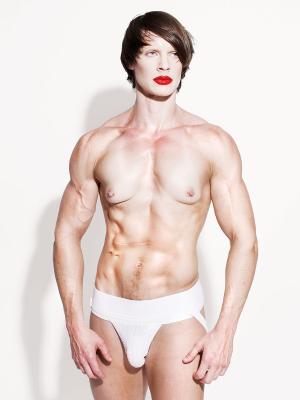
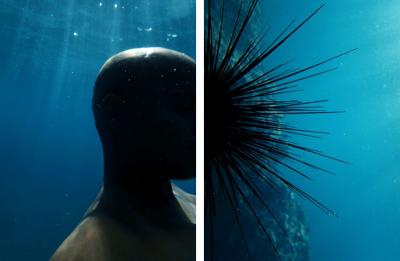
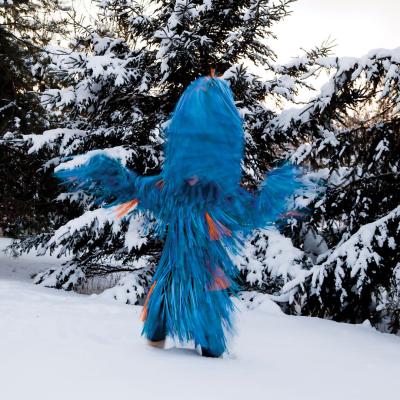
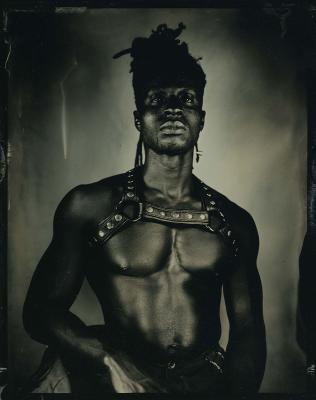
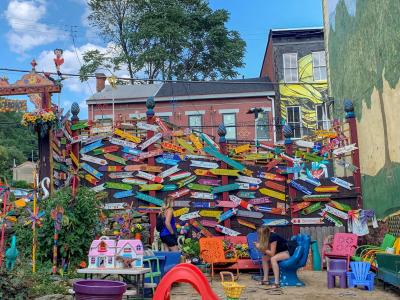
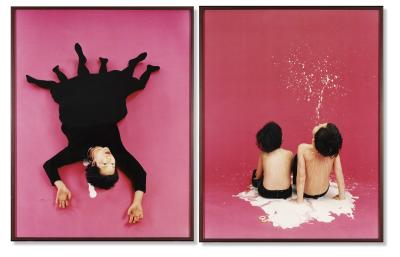
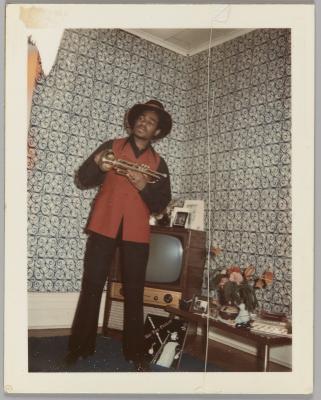
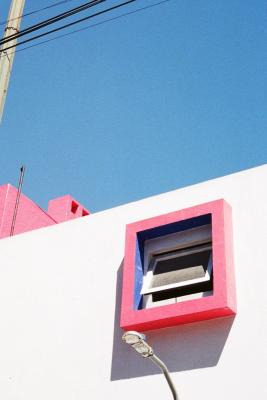

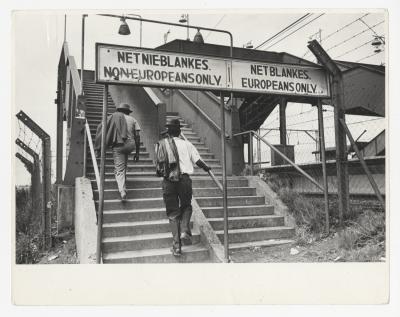
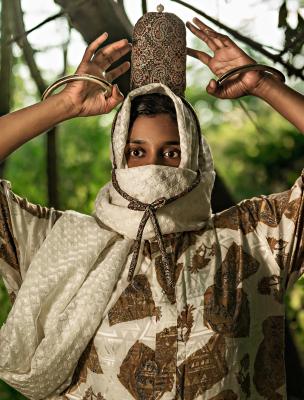
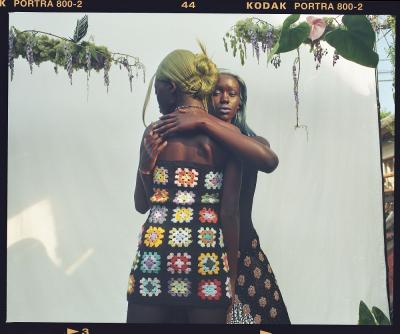
![Unknown photographer, Chillin on the beach, Santa Monica [Couple on beach blanket]](/sites/default/files/styles/image_small/public/2023-04/RSZ%20WMM.jpg?itok=nUdDiiKr)

